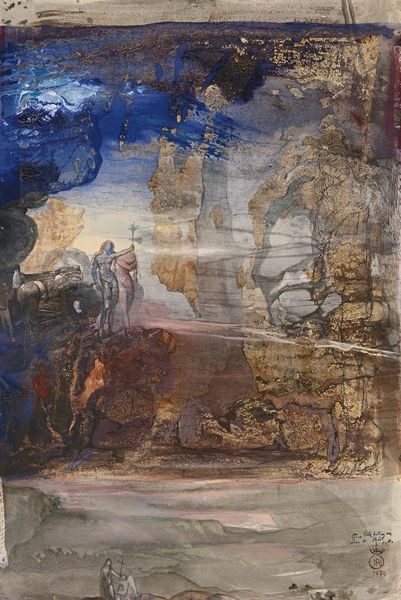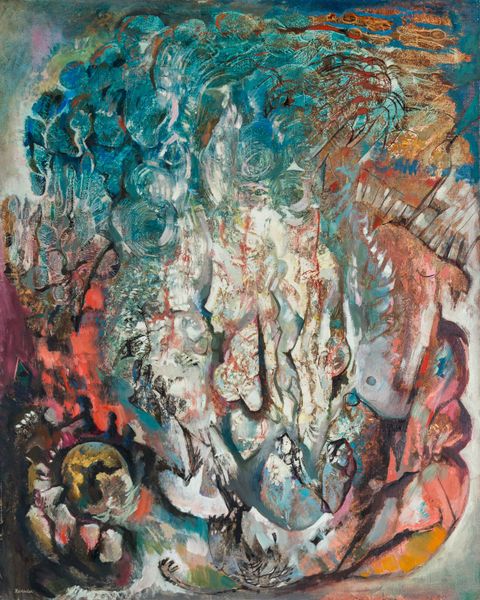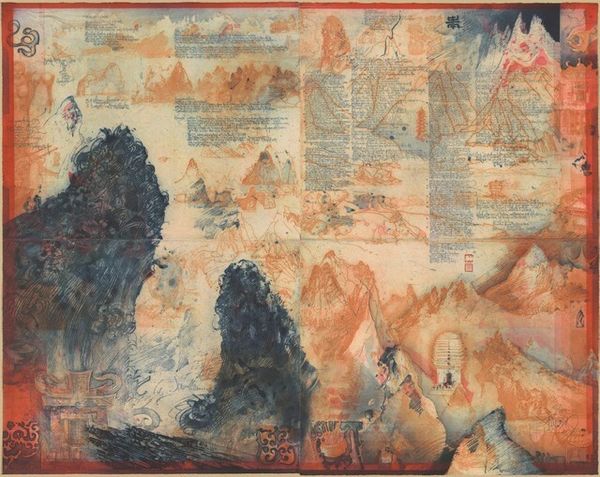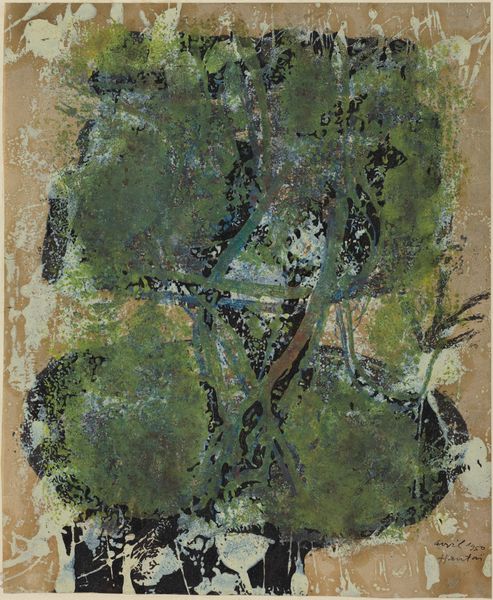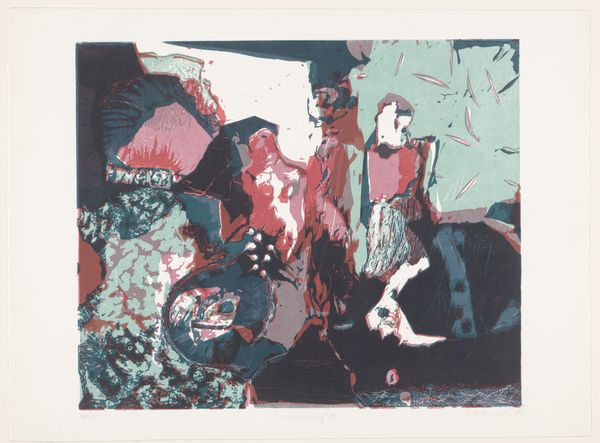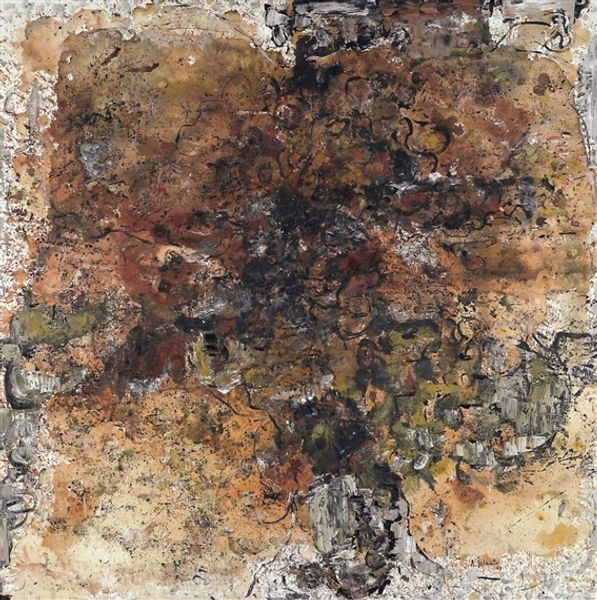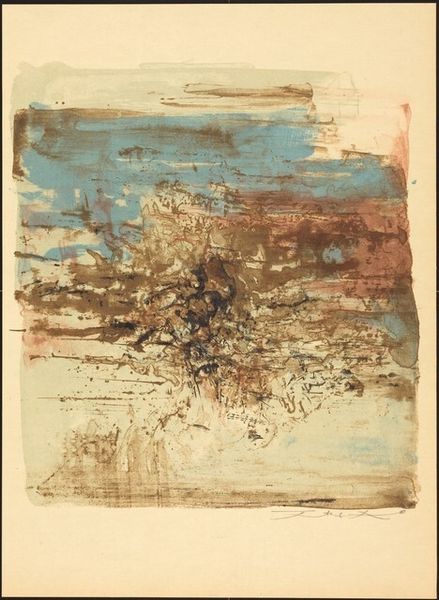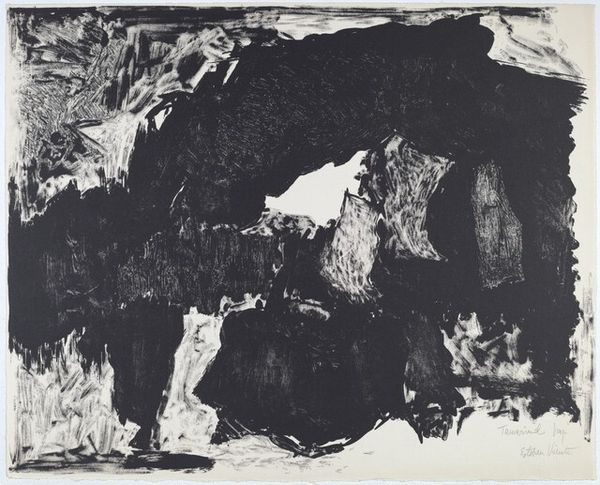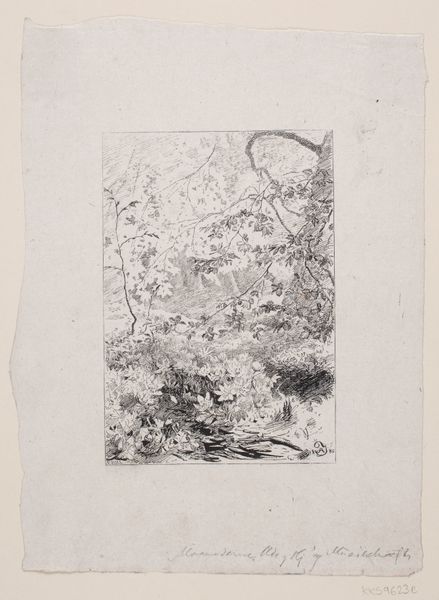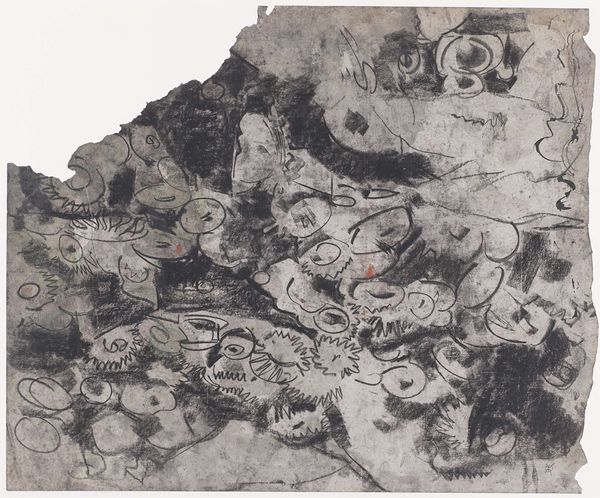
"Woman beside Shrine"; Watercolor of the Wall Painting from Room 14 of the Villa at Hagia Triada by Emile Gilliéron c. early 20th century
0:00
0:00
Dimensions: actual: 138.5 x 118.1 cm (54 1/2 x 46 1/2 in.)
Copyright: CC0 1.0
Editor: This watercolor is called "Woman beside Shrine," after a wall painting from Hagia Triada. It’s by Emile Gilliéron and quite large. I notice how fragmentary it is; what survives seems so potent. What visual symbols stand out to you? Curator: The image speaks to cycles of creation and destruction. Look at the shrine—a recognizable architectural form representing stability. Yet it's presented amidst decay, symbolizing the transience of even the most enduring structures. Editor: So, you see both permanence and impermanence in the imagery. Curator: Precisely. The woman, likely a priestess, connects to enduring rituals. Wheat, signifying rebirth. How do these images function for us today, I wonder? Editor: It makes you wonder about what will endure. I'll definitely remember that.
Comments
No comments
Be the first to comment and join the conversation on the ultimate creative platform.

